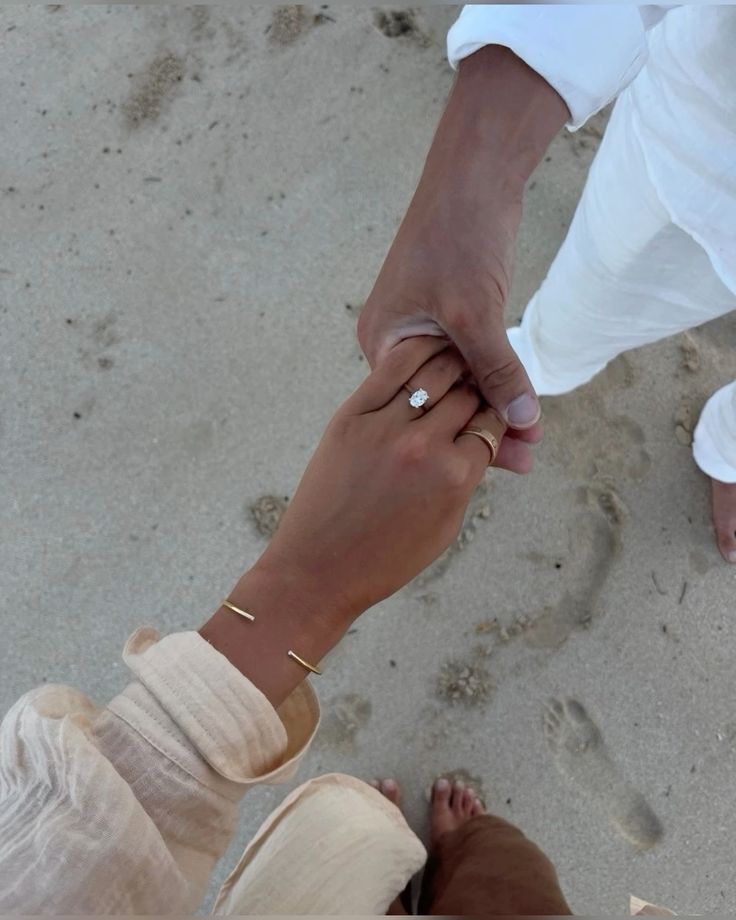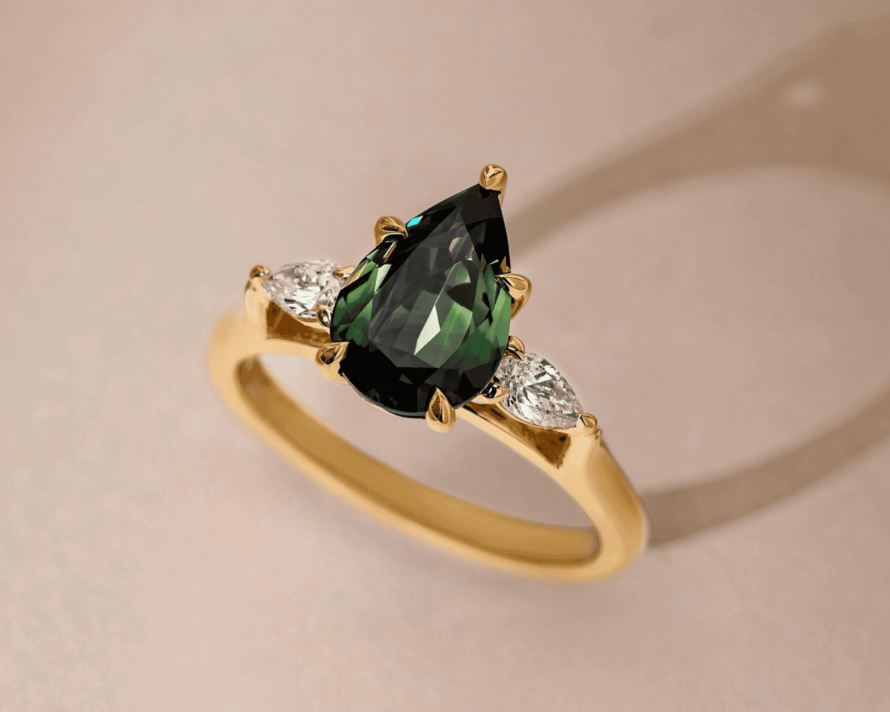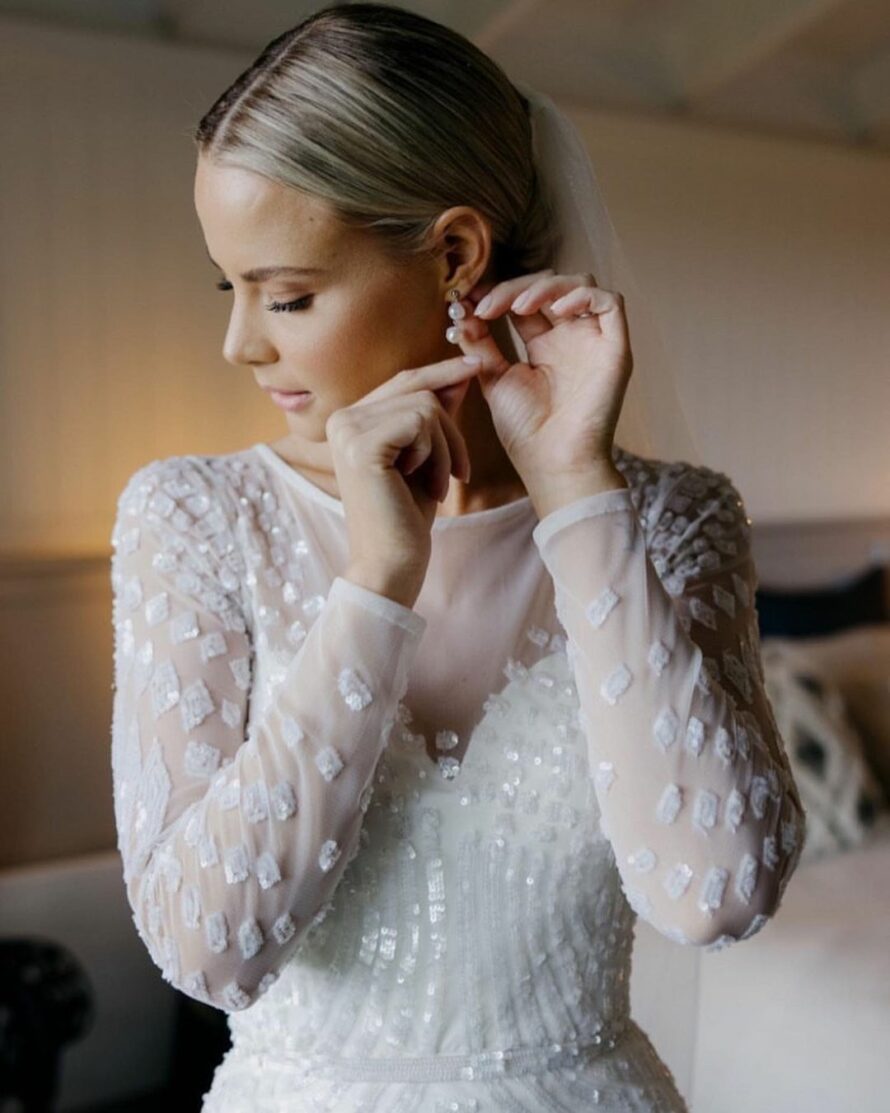Engagement ring buzz: fact or fiction

Engagement rings carry centuries of tradition, sparkling gemstones, and — unsurprisingly — a whole lot of misconceptions. From how much you’re “supposed” to spend to whether diamonds are the only option, it’s easy to get caught up in the swirl of misinformation.
But don’t worry: we’re here to set the record straight. That’s why we’ve enlisted the help of Georgia from Larsen Jewellery to separate fact from fiction. With her expert insights, we’ll uncover the truth behind some of the most common engagement ring myths and provide tips to help you find a ring that’s as unique as your love story.
Ready to discover what’s real and what’s just rumour? Let’s dive into our engagement ring buzz: fact or fiction edition.
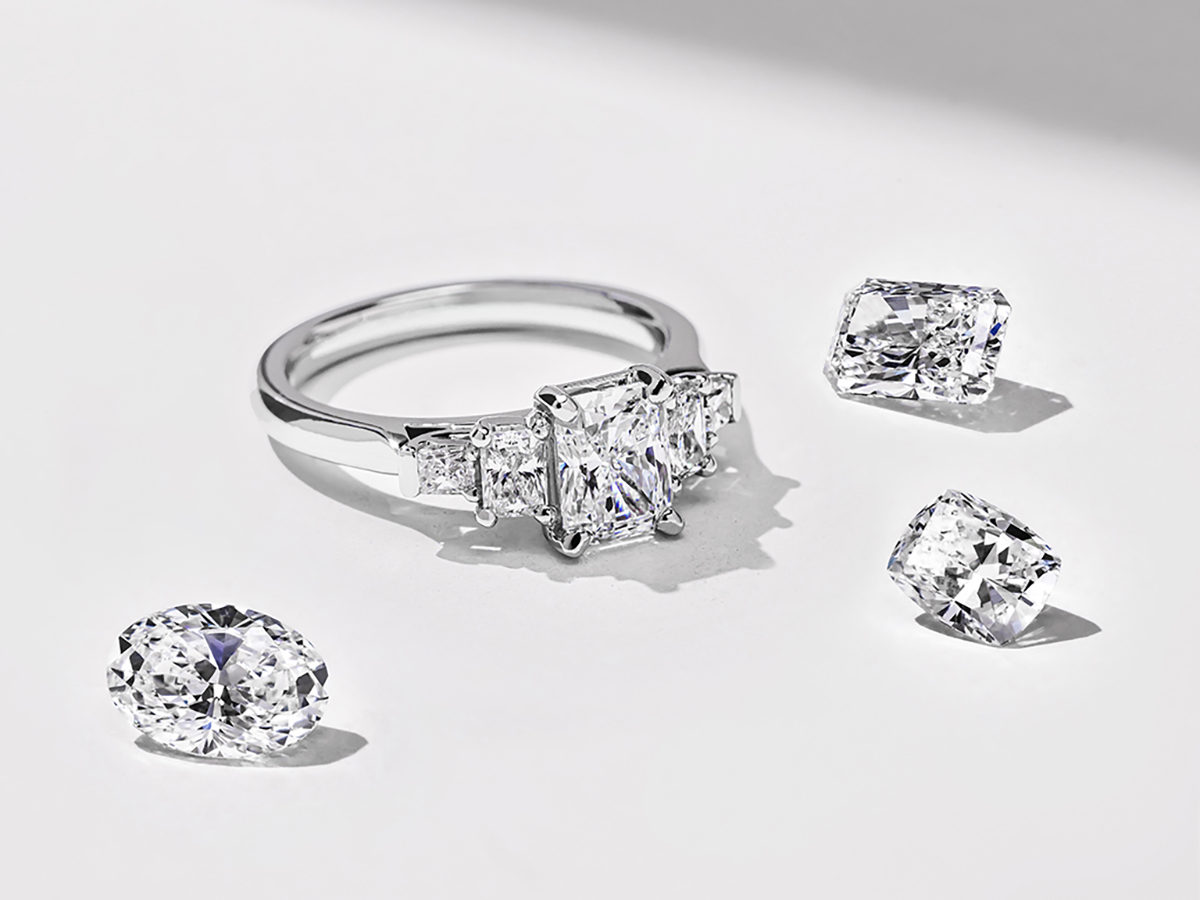
1. You need to spend three months’s salary on an engagement ring
Verdict: FALSE
You’ve probably heard the saying that an engagement ring should cost three months’ salary. But in 2025, does this idea still hold weight? Not really. After all, this notion originated from a brilliant 1977 marketing campaign by De Beers, the diamond industry’s most influential player. With the clever tagline, “How else could two months’ salary last forever?” they cemented the idea in popular culture. (Over time, marketers and retailers likely built on the “two months” idea to drive higher spending, leading to the now-common idea of three months.)
Here in Australia, the average spend on an engagement ring is conservatively estimated to sit between $6,000 and $10,000, but there’s no hard-and-fast rule. The most important factor? It’s entirely personal. Think about your budget, the style of ring or stone your partner would love, and what the purchase means to you as a couple. After all, it’s not about tradition—it’s about what feels right for you.
Georgia from Larsen Jewellery weighs in: “Our best advice for clients is that everyone’s circumstances and priorities are different, just like everyone’s engagement rings are different, so it’s best to spend an amount that you would be most comfortable with. On average, most people spend around $10,000 to $20,000 on their engagement ring, but many will spend less and many will spend more: it’s all completely up to you, your budget, and what you would like your engagement ring to look like.”
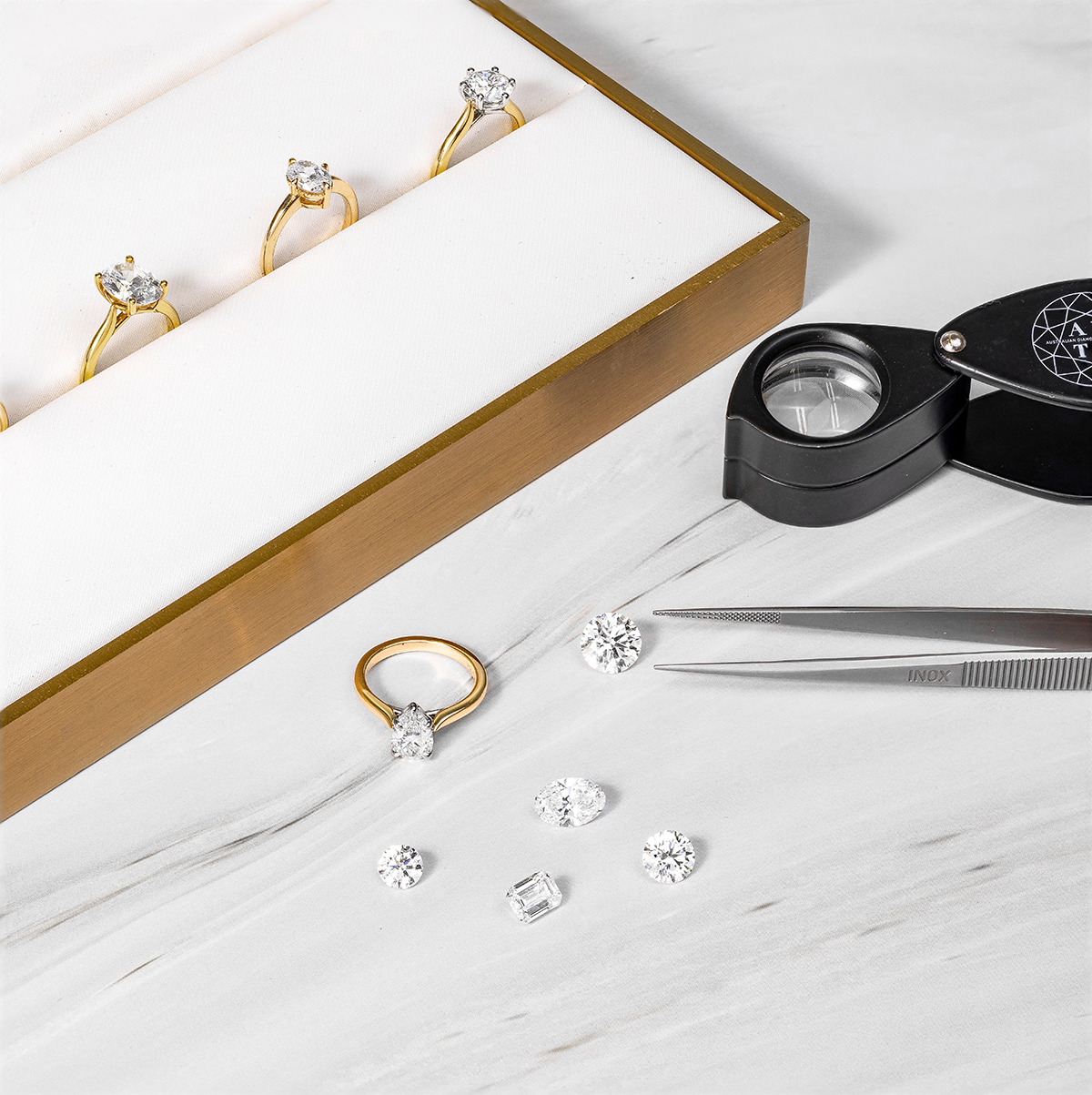
2. Diamonds are the only choice for engagement rings
Verdict: Fiction
The belief that diamonds are the only choice for engagement rings is a myth that has persisted for decades. While they have long been considered the standard for proposals, the modern landscape of engagement jewellery has shifted dramatically.
One reason this misconception persists is the enduring influence of marketing campaigns, particularly De Beers’ iconic slogan, “A diamond is forever” (that name again!) This phrase single-handedly cemented diamonds as the ultimate symbol of love and commitment. However, as society evolves, so do preferences. Gemstones like sapphires, emeralds, and rubies have gained popularity for their vibrant hues and unique appeal. These precious stones offer an alternative that’s no less luxurious and often comes with a deeper sense of individuality.
Cost is another factor driving the move away from diamonds. Let’s face it: diamonds are an investment. Many couples are finding that non-traditional options, such as moissanite or lab-grown diamonds, provide the brilliance and durability they want at a fraction of the cost. For those who prioritise sustainability, lab-grown diamonds or vintage rings also address ethical concerns about mining practices and environmental impact, offering a more conscious way to symbolise forever.
Georgia tells us, “One of our favourite alternatives are definitely sapphires, as they’re still a durable and versatile gemstone, but come in a huge array of amazing colours, while also
often being more affordable. In particular we’re seeing a lot of couples asking for Australian sapphires – particularly the blue-green and parti varieties – as these stones have recently had a boom in popularity. ” Georgia adds, “Many people don’t realise we have such stunning gemstones mined right here in our own backyard.”
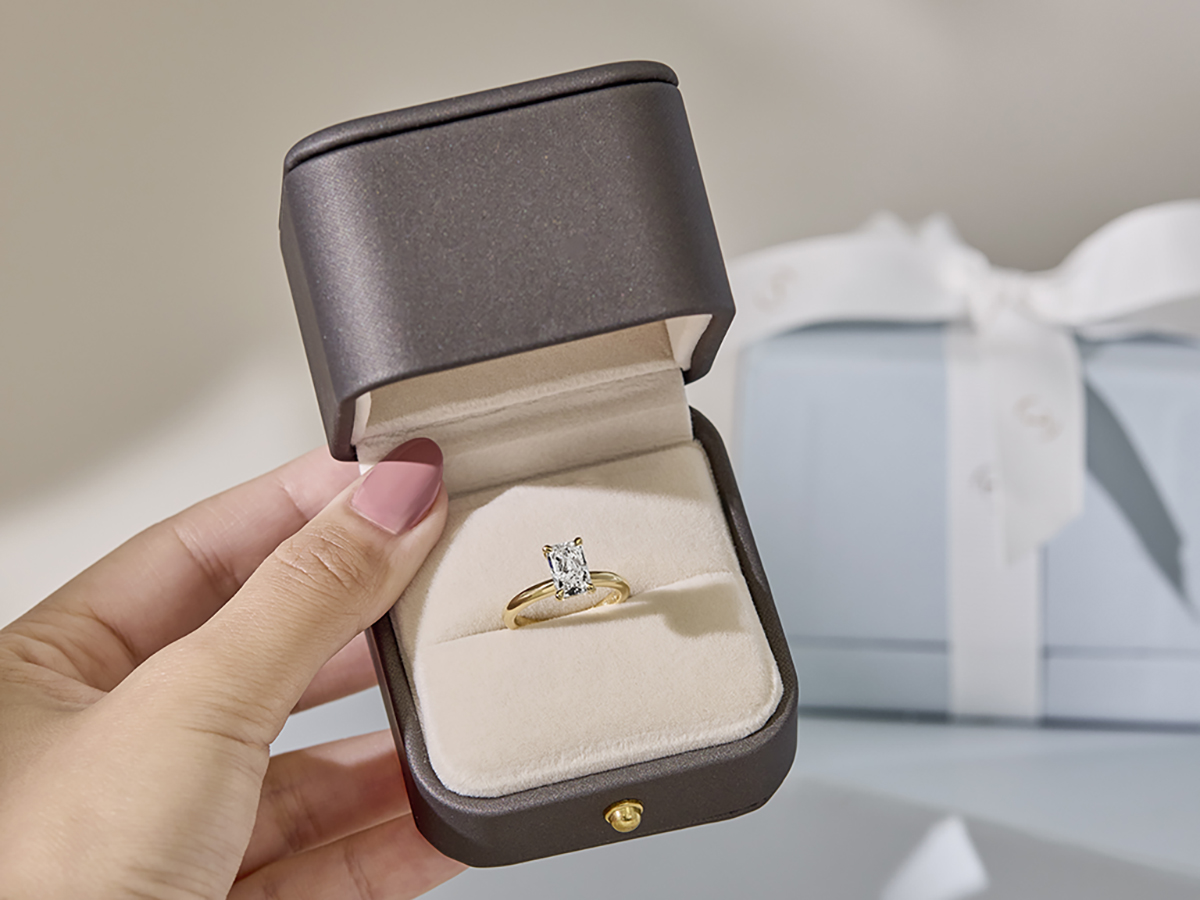
3. Bigger diamonds are always better quality
Verdict: Fiction
The belief that bigger diamonds are always better quality is another common misconception. Diamond quality depends on the “4 Cs”: cut, colour, clarity, and carat weight, and not just size. A poorly cut large diamond can appear dull, while a smaller, well-cut diamond can outshine it.
Carat weight doesn’t guarantee brilliance, and inclusions or colour undertones in larger diamonds can impact their appeal. Certification from reputable organisations, like GIA, ensures quality, while alternative shapes and settings can enhance smaller stones.
Georgia explains: “While it’s true that grading does matter, and it is important to make sure your diamond is certified by a reputable laboratory such as the GIA or IGI, the real focus should be on choosing the right diamond for you.
For example, to the naked eye, colour grades from D to F look almost identical, and it is impossible to discern clarity from IF-VS2 without a microscope. While cut is definitely important in terms of light return and symmetry, you might not like the round cut with hearts and arrows as much as another, or you might choose the fancy shaped stone that has been graded Excellent/Very Good cut over other options. Some couples even choose a diamond that’s a bit imperfect so that it’s truly unique, and that’s totally okay.”
4. High-quality rings are easy to spot
Verdict: Fiction
Looks can be deceiving, and this stands true for engagement rings. Some rings may appear stunning but don’t hold up under close inspection. True quality lies in the details, which is why it’s essential to dig deeper. Certifications from reputable organisations like the Gemological Institute of America (GIA) provide an unbiased evaluation of a diamond’s cut, colour, clarity, and carat weight.
But a certified stone is only part of the equation: choosing the right jeweller is just as important.
Georgia advises, “Do your research: check reviews, past creations, and the reputation of the jeweller or designer you’re considering. Think about your priorities: Do you like their previous work? Are they accessible to you in person or online? Do their ethics and values align with yours? What guarantees and after-sales services do they offer? Don’t be afraid to ask questions.”
Beyond the stone, the craftsmanship of the setting matters, too. Symmetry, polish, and secure prong placement are hallmarks of a well-made ring that will stand the test of time.
5. Gold comes in different types
Verdict: Fact
Engagement ring bands can be made of yellow gold, white gold, rose gold, or platinum. Yellow gold remains a favourite for its warm, traditional appeal, while rose gold has captured hearts with its vintage-inspired hue. For those seeking modern luxe, white gold is a go-to, and platinum stands out as the ultimate in durability and luxury—perfect for everyday wear and tear.
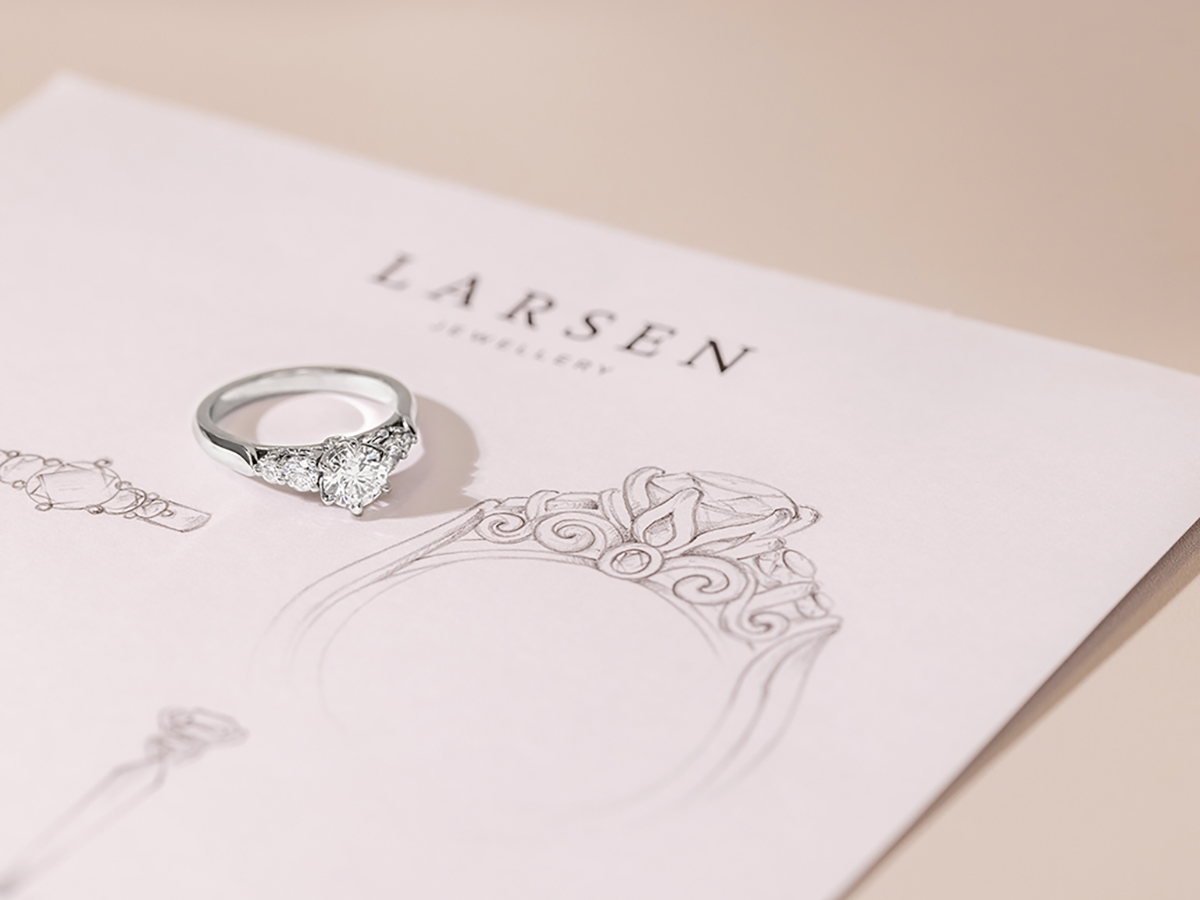
6. Resizing is common
Verdict: Fact
Engagement ring shopping can be complicated and even stressful, especially if you’re unsure of what your partner wants – or their ring size! Getting the ring size exactly right on the first try isn’t always easy — and that’s okay. Most engagement rings can be resized without much hassle, so there’s no need to panic if the fit isn’t perfect right away. Jewellers are well-versed in making adjustments, whether it’s a slight tweak or a more noticeable change.
7. Settings affect both style and security
Verdict: Fact
The setting of an engagement ring plays a dual role: it determines how the ring looks and how well the stone is protected. Here’s how:
Prong setting
This is one of the most popular styles, where small metal claws hold the stone in place. It maximises the visibility of the diamond, allowing light to pass through and create more brilliance. However, prongs can snag on clothing or become loose over time.
Bezel setting
A metal rim encircles the stone completely or partially. This style offers a sleek, modern look while providing excellent security, making it ideal for those with active lifestyles. Since the stone is more protected, there’s less risk of chipping or loosening.
Halo setting
This setting surrounds the centre stone with a circle of smaller diamonds, enhancing its appearance and making it look larger. While visually stunning, the small accent diamonds need regular checks to ensure none are lost.
Pavé setting
Small diamonds are set into the band for added sparkle. While elegant, these tiny stones can be prone to falling out if not well-maintained.
At the end of the day, the perfect engagement ring isn’t just about sparkle or size—it’s about what feels right for you and your partner. With so many options to consider and myths to unravel, the process can feel overwhelming. But the good news? You don’t have to navigate it alone.
“Once you find a jewellery designer you trust, everything else falls into place. Their experience and guidance will be invaluable—not just in selecting and creating a high-quality ring, but in ensuring it lasts a lifetime.” – Georgia, Larsen Jewellery
